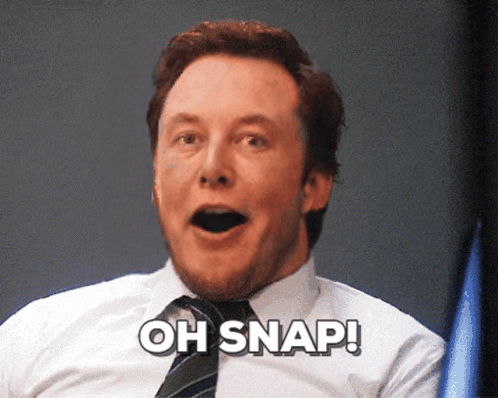Stable Diffusion 3.5 Turbo Text to Image
Stable Diffusion 3.5 Turbo offers exceptional customizability, efficient performance on consumer hardware, and diverse image outputs that accurately represent different skin tones and features, all while maintaining high-quality results and strong prompt adherence.
API
If you're looking for an API, you can choose from your desired programming language.
1
2
3
4
5
6
7
8
9
10
11
12
13
14
15
16
17
18
19
20
21
22
23
24
25
26
27
28
29
30
31
32
33
34
35
36
37
38
39
40
41
42
43
44
import requests
import base64
# Use this function to convert an image file from the filesystem to base64
def image_file_to_base64(image_path):
with open(image_path, 'rb') as f:
image_data = f.read()
return base64.b64encode(image_data).decode('utf-8')
# Use this function to fetch an image from a URL and convert it to base64
def image_url_to_base64(image_url):
response = requests.get(image_url)
image_data = response.content
return base64.b64encode(image_data).decode('utf-8')
# Use this function to convert a list of image URLs to base64
def image_urls_to_base64(image_urls):
return [image_url_to_base64(url) for url in image_urls]
api_key = "YOUR_API_KEY"
url = "https://api.segmind.com/v1/stable-diffusion-3.5-turbo-txt2img"
# Request payload
data = {
"prompt": "A panda in a glowing tech-infused jacket, standing in front of a bustling cyberpunk market, his T-shirt displaying 'Segmind'. Neon lights illuminate his face, with a futuristic cityscape behind him. Reflections shimmer on the wet pavement.",
"negative_prompt": "low quality, blurry",
"steps": 4,
"guidance_scale": 1,
"seed": 98552302,
"sampler": "dpmpp_2m",
"scheduler": "sgm_uniform",
"width": 1024,
"height": 1024,
"aspect_ratio": "custom",
"batch_size": 1,
"image_format": "jpeg",
"image_quality": 95,
"base64": False
}
headers = {'x-api-key': api_key}
response = requests.post(url, json=data, headers=headers)
print(response.content) # The response is the generated imageAttributes
Prompt for image generation
The negative prompt to exclude unwanted details
Number of inference steps for generating the image
min : 10,
max : 70
Guidance scale for controlling how closely the generation matches the prompt
min : 1,
max : 15
Random number,seed for image generation
Sampling method for image generation
Allowed values:
Scheduler for image generation
Allowed values:
Width of the output image in pixels
min : 64,
max : 2048
Height of the output image in pixels
min : 64,
max : 2048
Aspect ratio of the output image. Select 'custom' to specify the width and height manually.
Allowed values:
Number of images to generate in one batch
min : 1,
max : 10
Output image format
Allowed values:
Image quality setting for output
min : 10,
max : 100
Output as base64 encoded string
To keep track of your credit usage, you can inspect the response headers of each API call. The x-remaining-credits property will indicate the number of remaining credits in your account. Ensure you monitor this value to avoid any disruptions in your API usage.
Stable Diffusion 3.5 Turbo Text-to-Image
Stable Diffusion 3.5 Turbo Text-to-Image (SD3.5 Turbo) is the latest and most advanced addition to the Stable Diffusion family of image-to-image models. SD3.5 text-to-image Turbo is designed to be more resource-efficient, making it a better choice for users with limited computational resources. Due to its smaller size, SD3.5 Turbo can run efficiently on consumer-grade hardware, including consumer PCs and laptops, as well as enterprise-tier GPUs. SD3.5 Turbo is designed to be more resource-efficient, making it a better choice for users with limited computational resources.
Stable Diffusion 3.5 Turbo Text-to-Image Capabilities
SD3.5 Turbo crafts stunningly realistic images, breaking new ground in photorealistic generation. It also tackles intricate prompts with multiple subjects, even if you have a typo or two. SD3.5 Turbo incorporates typography within your images with unparalleled precision, making your message shine.
Other Popular Models
fooocus
Fooocus enables high-quality image generation effortlessly, combining the best of Stable Diffusion and Midjourney.

sdxl-inpaint
This model is capable of generating photo-realistic images given any text input, with the extra capability of inpainting the pictures by using a mask

codeformer
CodeFormer is a robust face restoration algorithm for old photos or AI-generated faces.

sd2.1-faceswapper
Take a picture/gif and replace the face in it with a face of your choice. You only need one image of the desired face. No dataset, no training
